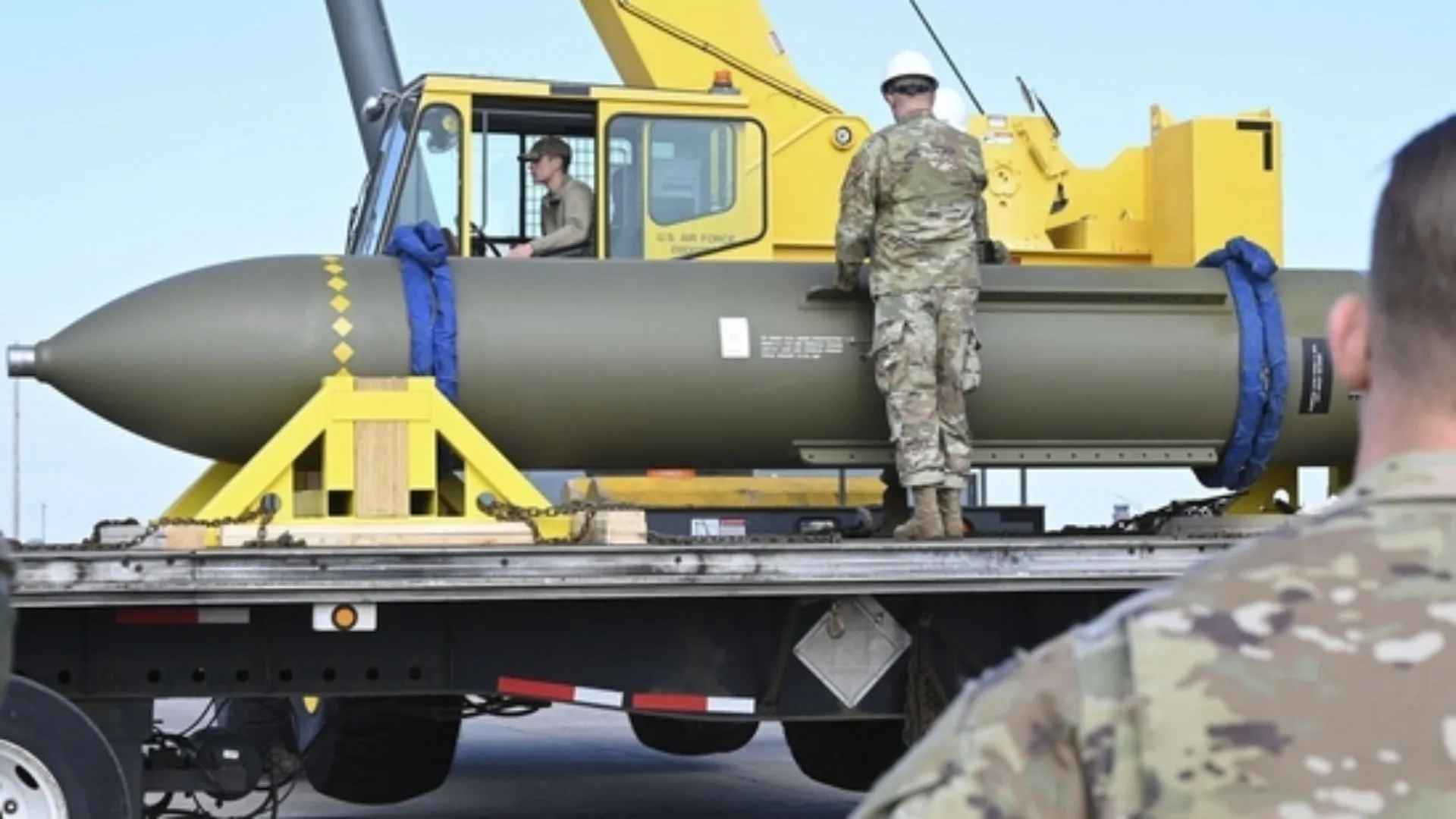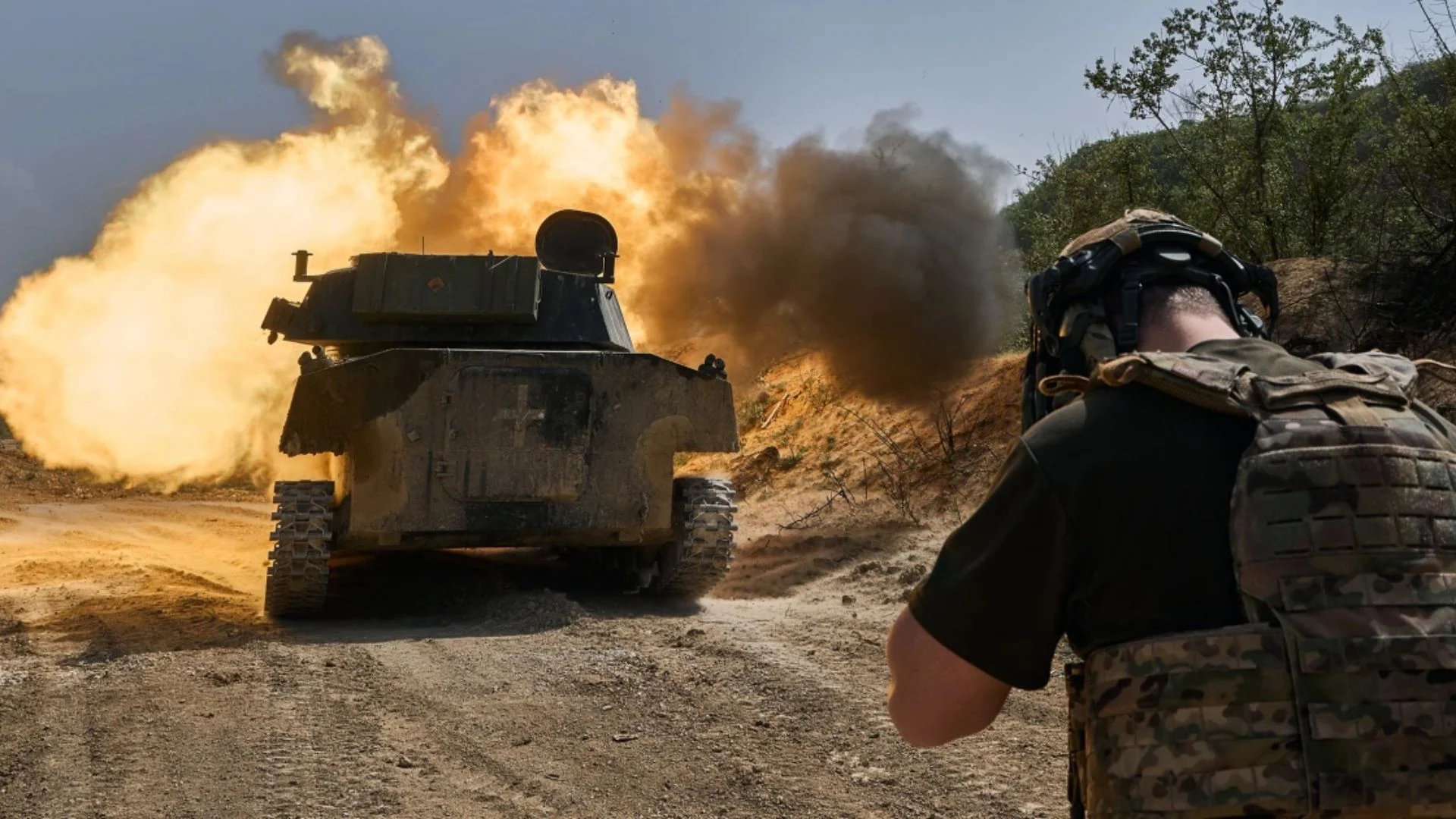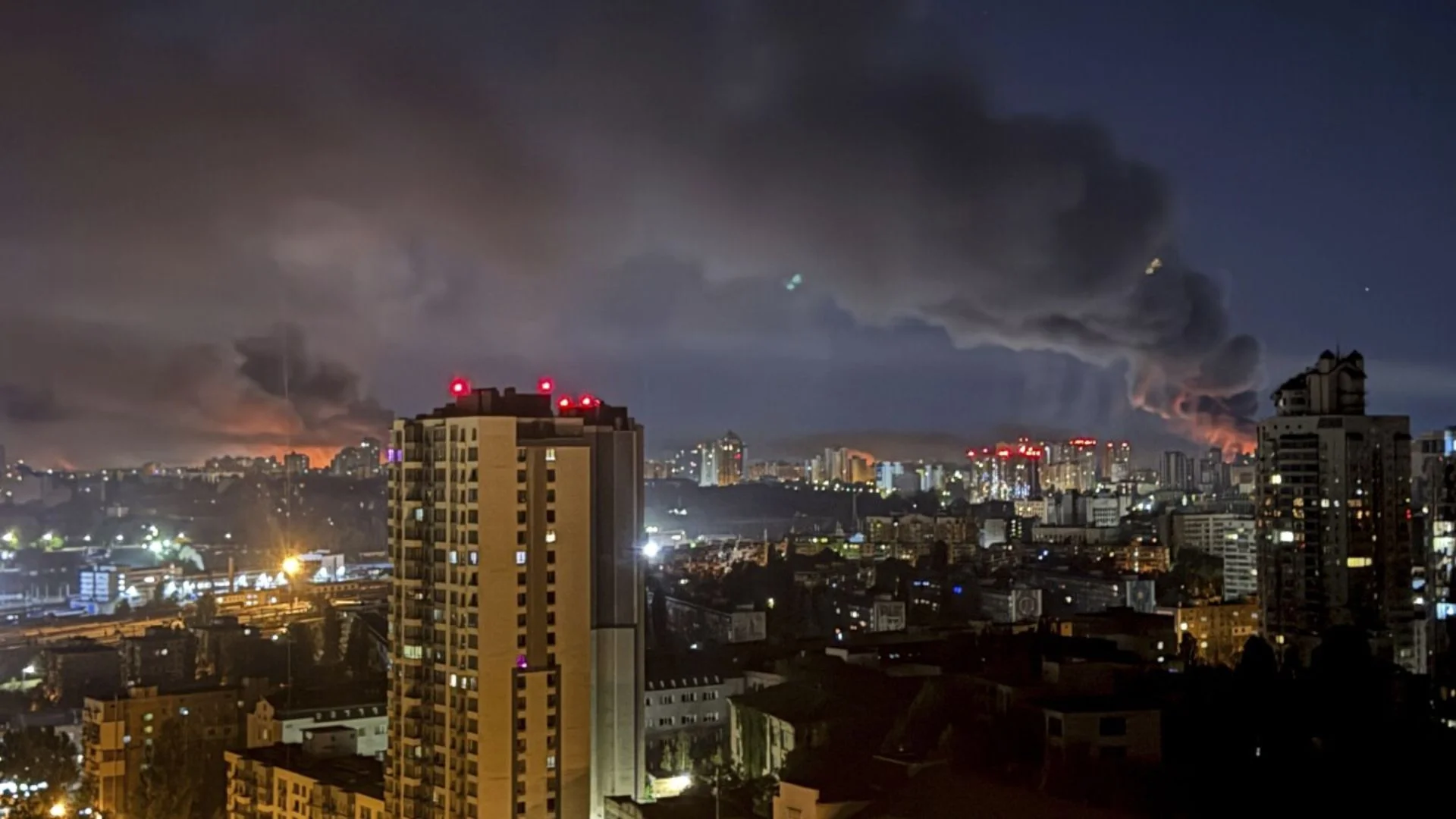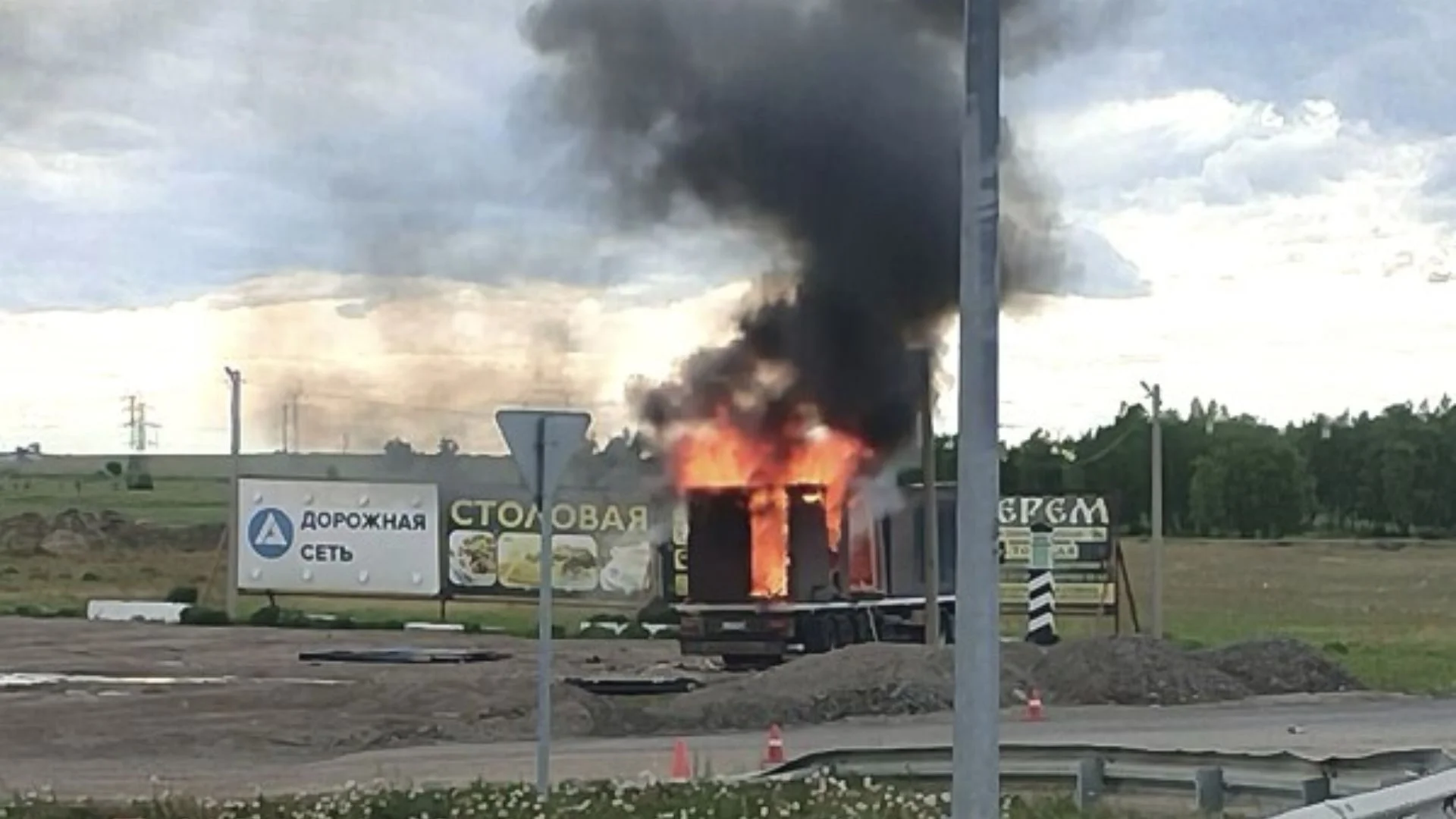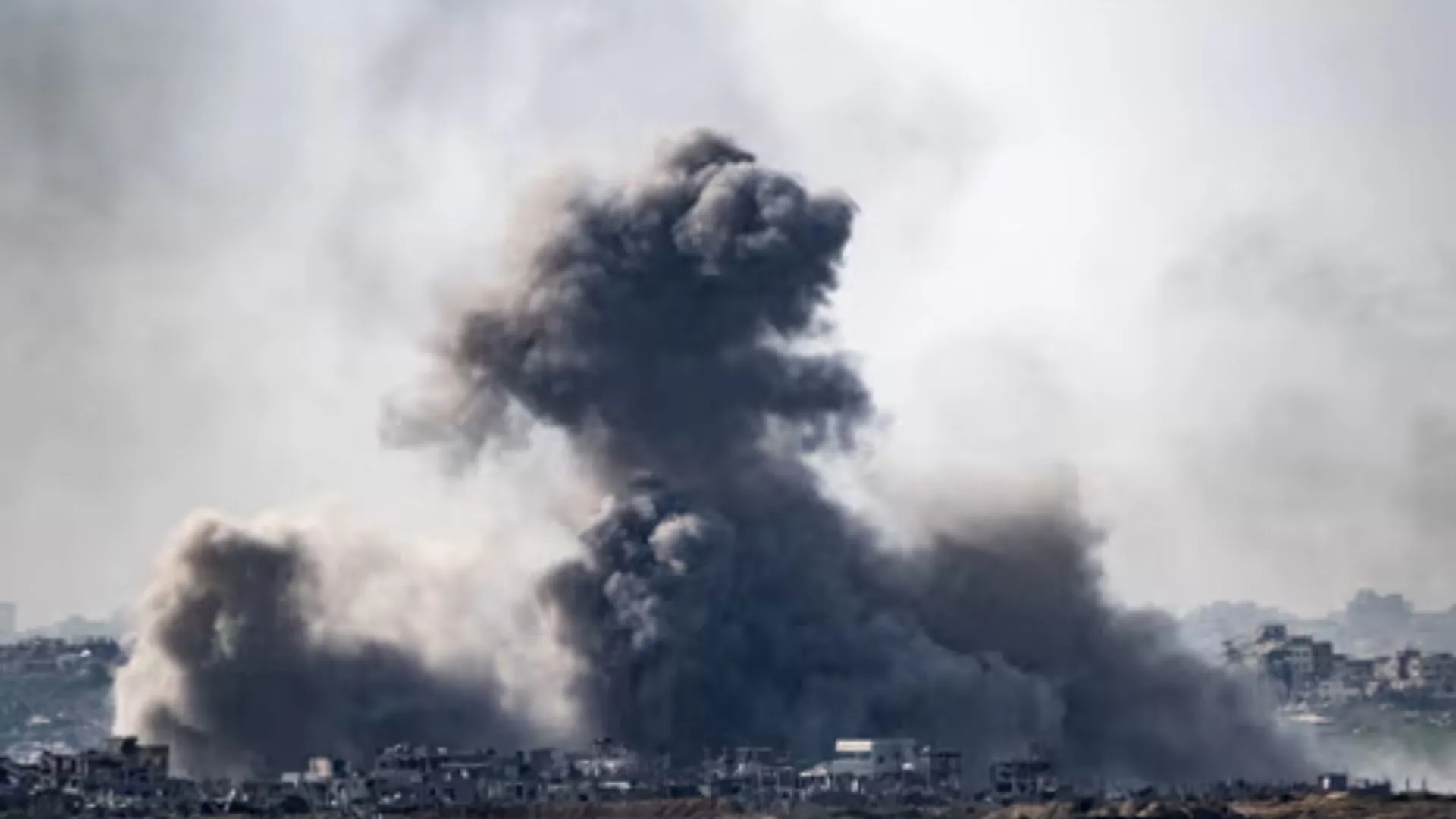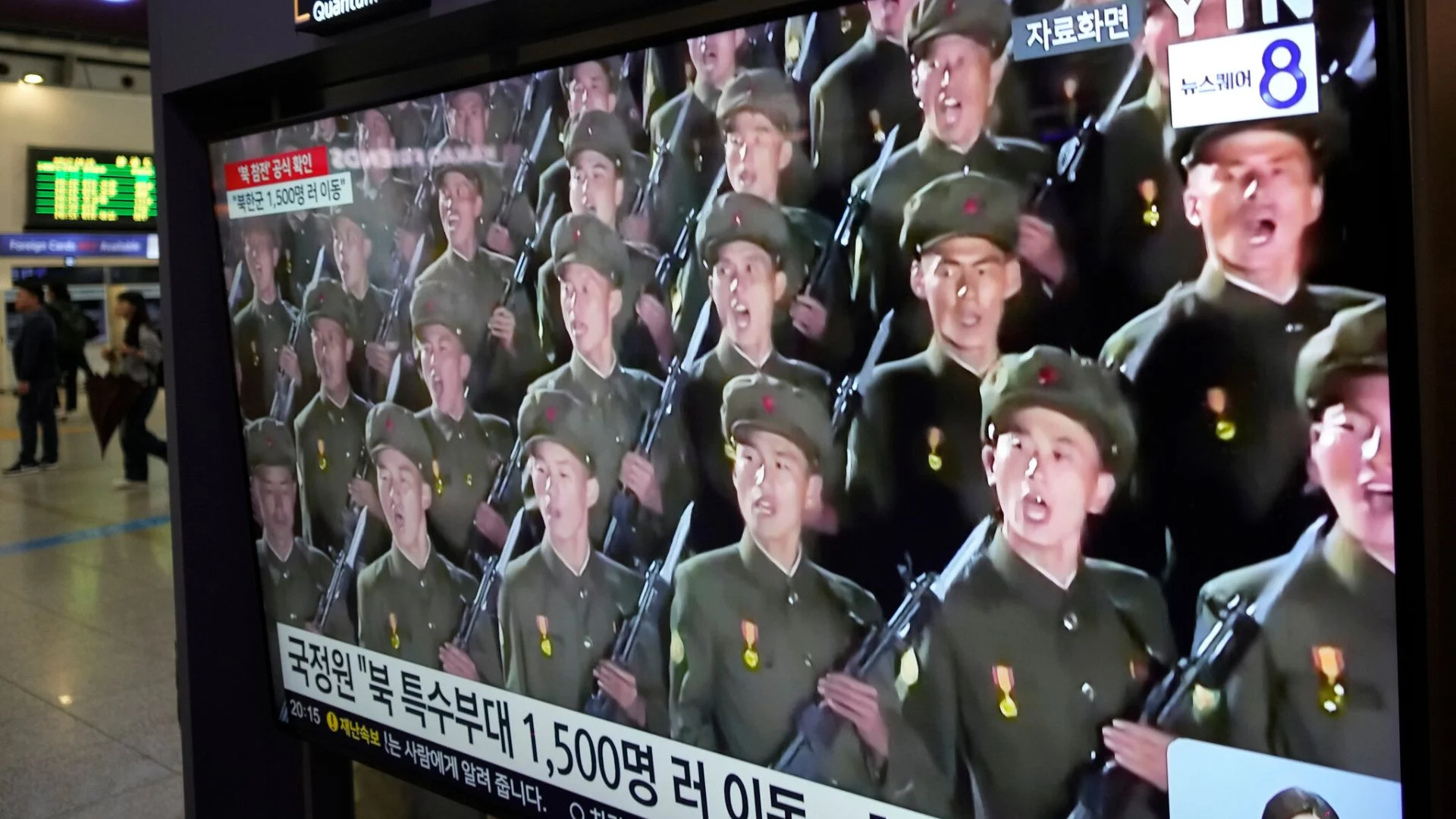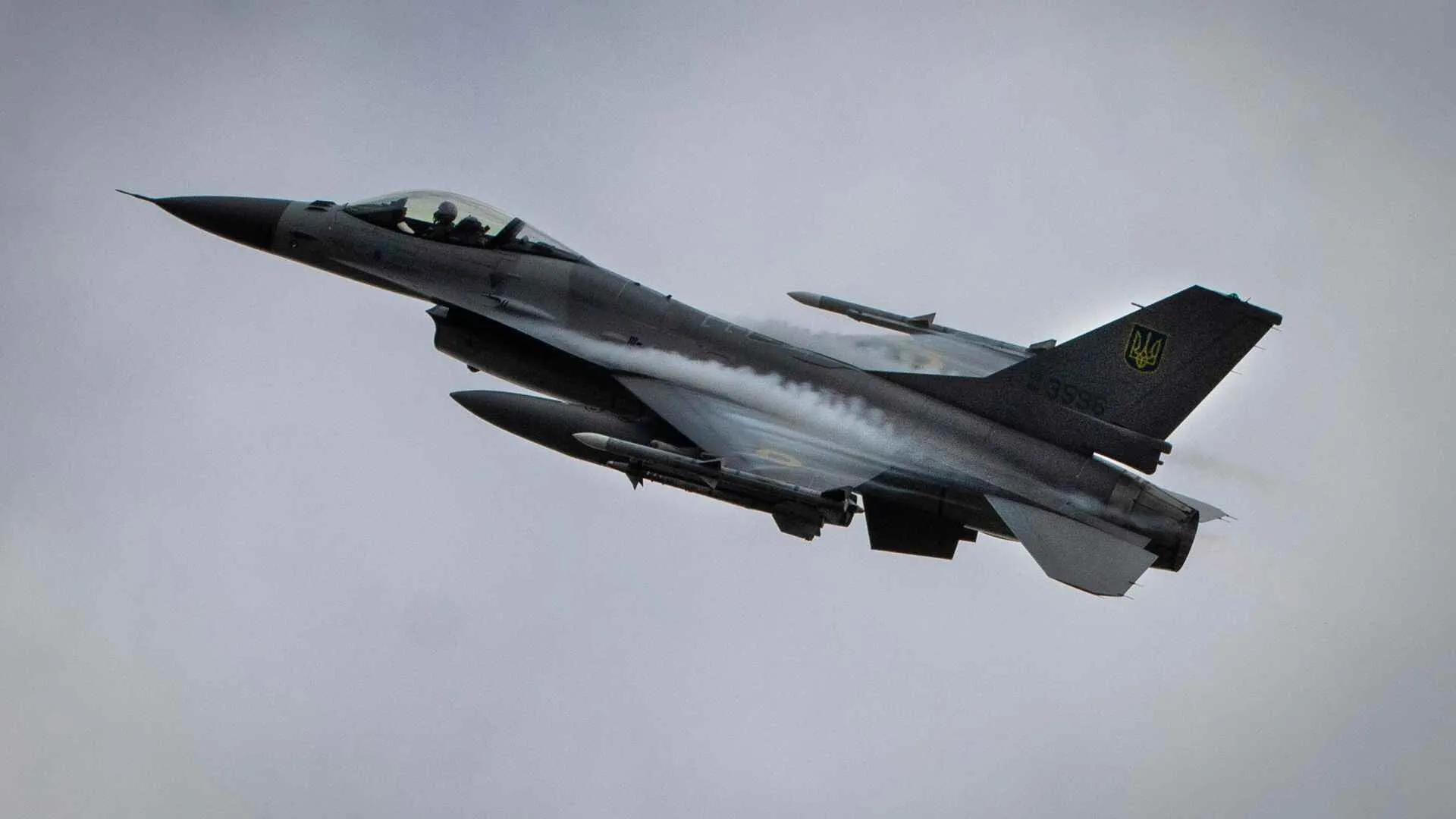As the rhetoric heats up between Israel and Iran, eyes have fallen on the GBU-57, a high-powered U.S.-designed bunker-buster bomb that the experts claim is the sole conventional weapon with the capability to penetrate to and destroy Iran’s deeply buried nuclear facilities like Fordo.
With a weight of 30,000 pounds (13,607 kg), the GBU-57 Massive Ordnance Penetrator is designed to penetrate up to 200 feet (61 metres) underground before exploding. Even though Israel has pledged to prevent Iran from building nuclear weapons, the sophisticated bomb is not in its inventory.
Reports say that the United States’ former President Donald Trump is weighing whether America should intervene in the current conflict between Iran and Israel. There was a recent National Security Council meeting where officials debated a possible strike on Iran’s Fordo nuclear facility, a buried enrichment facility where uranium is enriched.
Addressing the G7 Summit in Canada, Trump announced, ‘Iran will not win’ in this battle and called on Tehran to come back to the negotiating table ‘before it’s too late’.
Why Only the GBU-57 Can Reach Fordo
Though recent Israeli attacks have struck some Iranian military assets, analysts consider Fordo to be unscathed because of the extreme depth. “All eyes will be on Fordo, buried under roughly 300 feet of rock in central Iran,” said Behnam Ben Taleblu, director of the Iran program at the Foundation for Defense of Democracies (FDD).
He went on to say, “In less than a week, the regime’s missile inventories, launchers, bases, production sites, nuclear experts, military command and control has been very severely battered.” Nevertheless, he said that doubts persist regarding how potent Israel’s attacks have been against the essence of Iran’s nuclear program.
The International Atomic Energy Agency (IAEA) verified Fordo was not damaged. Unlike other sites like Natanz or Isfahan, Fordo’s rock shielding renders it resistant to routine airstrikes.
Mark Schwartz, a retired U.S. Army lieutenant general and Rand Corporation researcher, remarked, “Only the United States has the conventional capacity” to obliterate Fordo. He explained that by this capacity he meant specifically the GBU-57 bomb.
What Sets the GBU-57 Apart
The GBU-57, or Massive Ordnance Penetrator, is unique in that it can penetrate hard rock and fortified buildings. As reported by the U.S. military, the bomb burrows as deep as 200 feet before detonating—making it the perfect tool for destroying underground installations.
Masao Dahlgren, a missile defense analyst with the Center for Strategic and International Studies (CSIS), described, “In order to engage these deeply buried targets, these weapons must be hardened with relatively heavy steel casings of hardened steel to essentially blast through these layers of rock.
The 6.6-metre bomb also features a dedicated delayed-action fuse. “You have to have an explosive that won’t detonate right away under that kind of shock and pressure,” Dahlgren said.
The GBU-57 was in development in the early 2000s, and Boeing was contracted to deliver 20 units in 2009.
Just One Aircraft Can Carry the GBU-57
At the moment, only the American B-2 stealth bomber can carry the GBU-57. Satellite photos from Planet Labs showed that B-2s were deployed at the UK-US base in Diego Garcia in early May, though they were ‘no longer visible by mid-June’, AFP reported.
Dahlgren said, “With their range, B-2s flying out of the United States can go all the way to the Middle East to make bombing runs. That’s been done before.
Two GBU-57s can be carried on each B-2 bomber, and it may take more than one bomb to achieve maximum impact. Military strategist Peter Schwartz noted that, with current Israeli air superiority over Iran, “They’re not going to just be one and done,” so it makes it more practical for U.S. bombers to get to Fordo and strike multiple times.
Briefly, the GBU-57 is the sole conventional weapon with the depth-penetration capability to hit Iran’s most heavily defended nuclear installation, placing it in the middle of future military planning should the United States opt to intervene.

